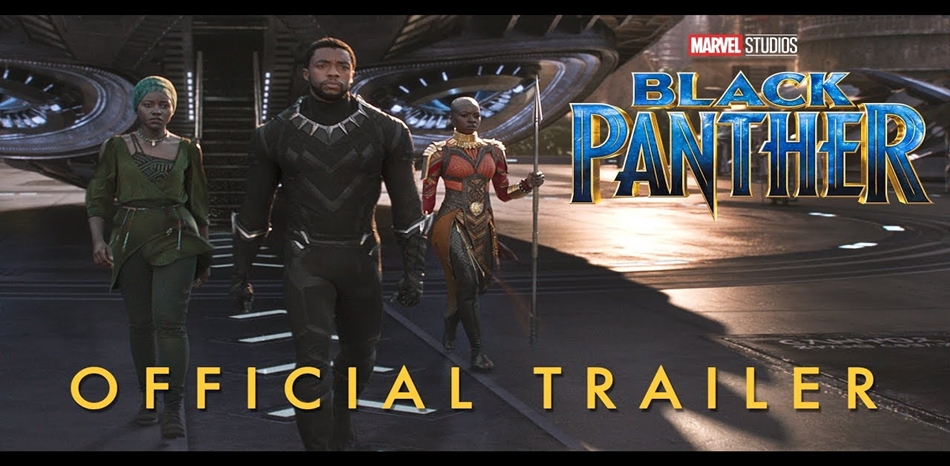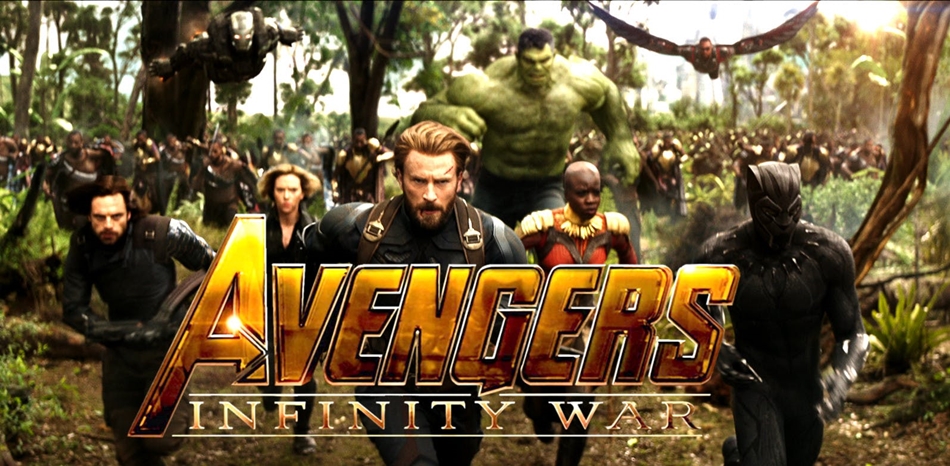The first weekend of August is upon us as summer’s last bona fide tentpole is set to debut in the form of Universal’s Fast & Furious Presents: Hobbs & Shaw.
The first spin-off from the popular franchise has a number of components in its favor this weekend as the studio expects a domestic start near $60 million. Our long range forecasts had considerably more bullish in recent weeks, with some industry tracking metrics measuring not far behind those of The Fate of the Furious (which debuted to $98.8 million on Easter weekend in 2017).
Still, as has been the case with multiple films this summer, our models have shifted lower to account for what’s become a trend of under-performing titles this summer — relative to tracking, not necessarily overall financial success.
Aside from the brand name and its associated fan base, the biggest advantage here is Dwayne Johnson’s teaming with Jason Statham and Idris Elba. Statham himself helped serve up one of last summer’s biggest surprise hits in The Meg ($45.4 million opening), which similarly provided a late summer, over-the-top, comedic-seasoned action flick.
Although Skyscraper‘s $24.9 million debut one year ago proved Johnson is only human, he’s become one of the most reliable star names in the industry when the right movie comes along. Given the popularity of his Hobbs character in the Fast franchise — which many credit for helping to elevate the series’ box office power starting with 2011’s Fast Five — it’s reasonable to believe much of that fan base will turn out this weekend.
The flip side of that coin, however, is that spin-offs are hit and miss at the box office. This summer’s Men In Black International (effectively a spin-off itself, despite being branded as a sequel) failed to attract much of the audience that made the previous films successful, while last year’s Solo: A Star Wars Story missed out on big expectations preceding it.
Still, those films featured new casts and the latter was a prequel, whereas Hobbs & Shaw technically moves forward the Fast universe’s storyline and brings two of its recently popular characters/actors to the forefront.
The X factors to consider here is how much will fans miss Vin Diesel and crew, and/or will the more intentionally comedic aspects elevate interest after the family drama-centric fare of the main films? Going one step further, will the somewhat-mixed fan reactions to Fate of the Furious two years ago have a splash effect on demand for this entry?
Another point pushing models closer to the conservative end before the weekend had been the lack of any critics’ reviews entering Wednesday morning. That’s not wholly unexpected for a summer popcorn film, but the franchise had a enjoyed a string of four straight fresh-rated sequels. That being said, a sample of 37 reviews was published just before this report’s writing, and the early 76 percent score is encouraging enough given this isn’t the type of film that needs a high critic approval to win over the target audience. In fact, it could prove to be a largely critic-proof movie.
On social media, the film has leveraged its franchise name and Johnson’s star power to solid effect. Hobbs & Shaw has charted in our weekly top five social footprints across Twitter, Instagram, and Facebook on a frequent basis this summer, indicating broad moviegoer appeal. The Fast & Furious franchise page itself has over 50 million Facebook followers.
Meanwhile, exhibitors seem very encouraged by the action-comedy’s potential with Showtimes Dashboard data indicating theaters have booked approximately 36 percent more shows than John Wick: Chapter 3 – Parabellum ($56.8 million opening back in May) and 24 percent more than Mission: Impossible – Fallout ($61.2 million last July). Times are still being added, as well.
Premium large format screens will be a factor in projections as well since Disney’s The Lion King continues to dominate many of them, but theaters have just started adding IMAX shows in the eleventh hour this week. This is a later move than typical for a high profile release, making it a challenge to determine what kind of impact that will have on forecasting models.
Not to be forgotten, either will be any possible impact from Quentin Tarantino’s Once Upon a Time… in Hollywood. That pic is attracting a predominately older male audience — likely crossing over with at least some fraction of Hobbs‘ target crowd.
Last, but certainly not least, the Fast franchise’s audience makeup could be crucial to indicating the potential upside of this spin-off with diverse appeal to not just action fans but also families and moviegoers of Hispanic origin. For example, The Fate of the Furious drew an even 50/50 split of audiences under and over the age of 25 on opening weekend, while 26 percent of its audience makeup identified as Latinx, 19 percent African-American, and 11 percent Asian (per Universal reports).
Ultimately, where expectations had long been for this to behave like a Fast & Furious sequel, it’s increasingly possible that a less front-loaded opening could be in store — particularly if walk-up business proves strong throughout the weekend, which has been seen with previous franchises like John Wick and Jurassic World.
With a lack of direct competition for the remainder of summer and a popcorn film that might turn out to be a crowd-pleaser, the runway for staying power certainly exists. All those elements are noted before even considering overseas play, which is expected to be strong given the franchise’s history and the international appeal of the film’s stars.
Hobbs & Shaw
Opening Weekend Range: $58 – 78 million
Top 10 vs. Last Year
Boxoffice projects this weekend’s top ten films will increase approximately 26 to 36 percent from the same frame last year. On that weekend, Christopher Robin, The Spy Who Dumped Me, and The Darkest Minds debuted as part of an overall $119.7 million top ten market.
Weekend Forecast
| Film | Distributor | 3-Day Weekend Forecast | Projected Domestic Total through Sunday, August 4 | % Change from Last Wknd |
| Hobbs & Shaw | Universal | $70,000,000 | $70,000,000 | NEW |
| The Lion King (2019) | Disney | $38,900,000 | $428,900,000 | -49% |
| Once Upon a Time… in Hollywood | Sony / Columbia | $21,000,000 | $81,000,000 | -49% |
| Toy Story 4 | Disney / Pixar | $7,600,000 | $410,400,000 | -27% |
| Spider-Man: Far From Home | Sony / Columbia | $7,500,000 | $359,800,000 | -40% |
Alex Edghill contributed to this report
Forecasts subject to change as location counts are finalized before Friday.
Contact us for information about subscribing to Boxoffice’s suite of forecasting and data services.
The post Weekend Forecast: <em>Hobbs & Shaw</em> appeared first on Boxoffice.
from Boxoffice




